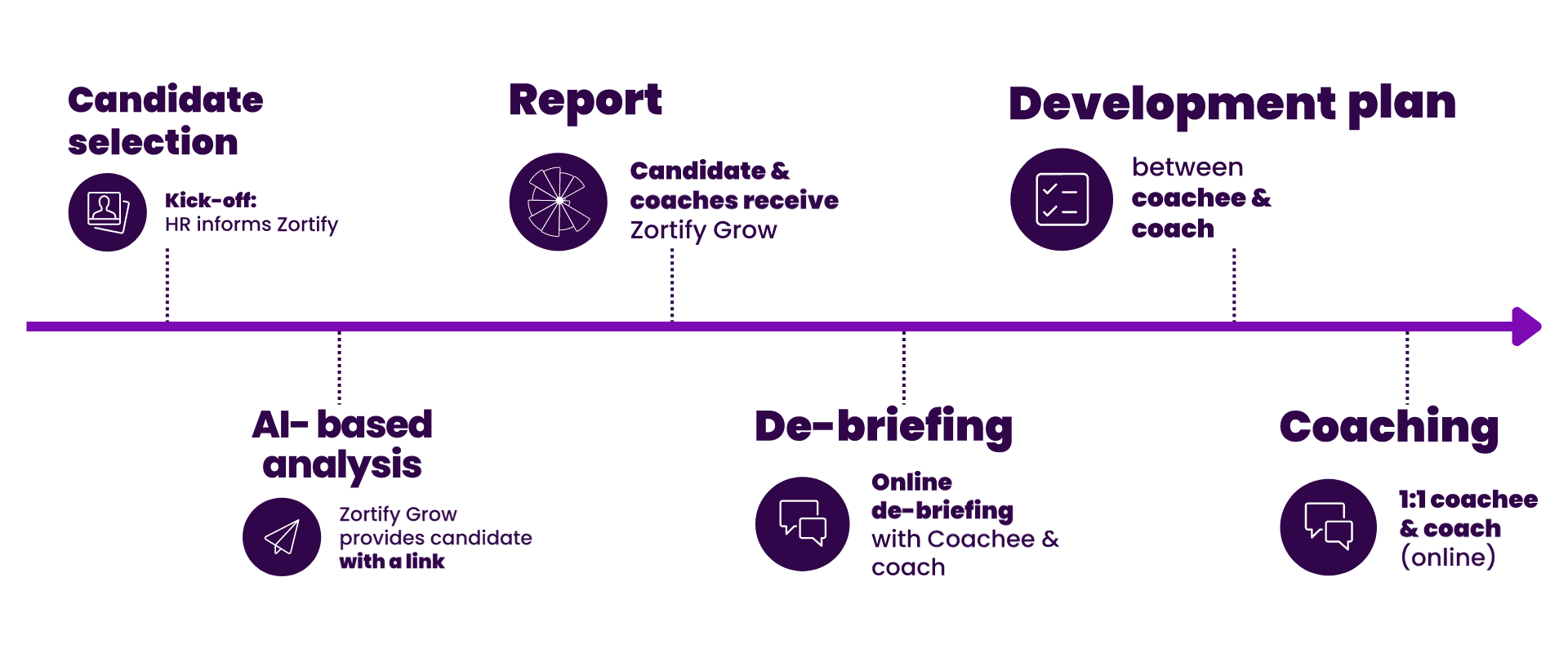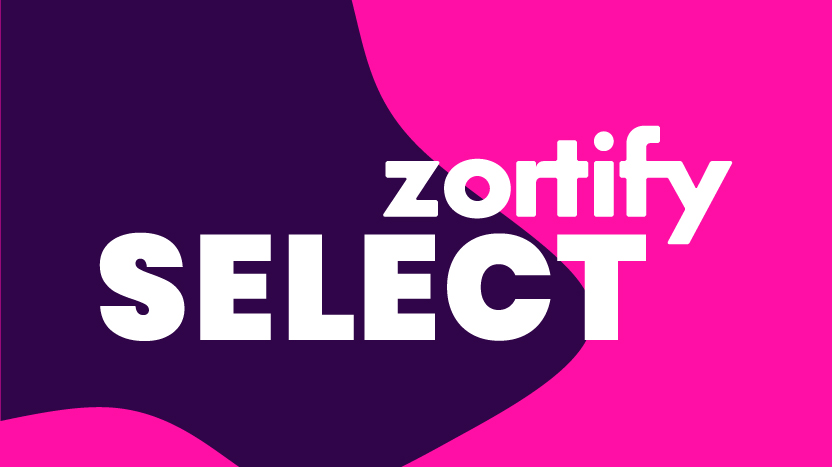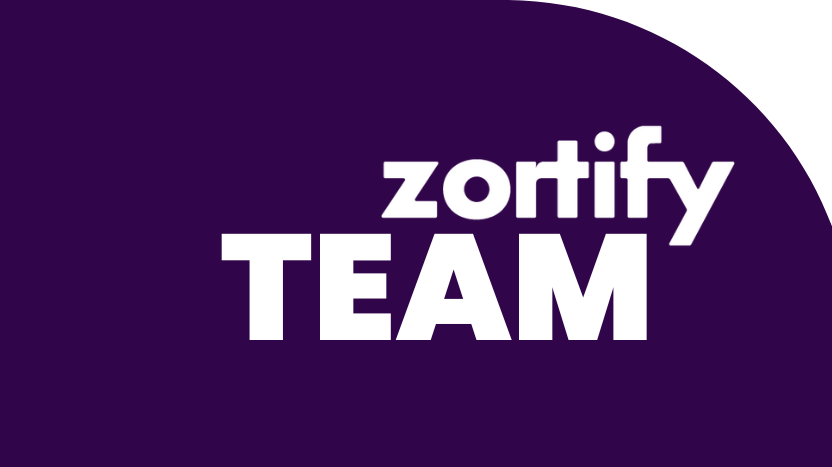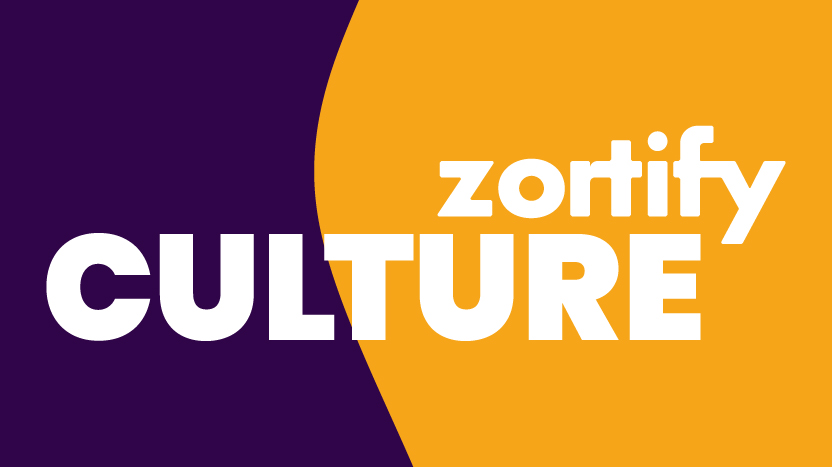ZortifyGrow
Why zortifyGROW?
Addressing HR’s Biggest Challenges
Today’s talents prioritize personalized development opportunities when deciding to accept a new job or to advance in their current role. Organizations risk becoming unattractive to new talent or losing existing talent by relying solely on one-size-fits-all training programs. Current training and development solutions mainly aim to boost productivity, often neglecting the individual needs and personal growth of employees. This shortfall in customization can lead to reduced job satisfaction, demotivation among talents, and ultimately, decreased overall productivity.
Moreover, traditional personality assessments utilized in employee development predominantly measure a single theoretical model, such as the Big 5 factor model, while disregarding other personality frameworks.
Our Solution
ZortifyGROW is a tool specifically designed to enhance people-related business decisions. It serves as an invaluable resource for organizations aiming to bolster their talent and leadership development, succession planning, and talent retention and management processes through targeted development. This AI-based assessment is fully digital, seamlessly integrates into existing processes, and includes a tailored development process.
By unlocking the full potential of employees, both productivity and motivation are set to soar. The tool also fosters self-reflection by providing detailed explanations of various psychological traits. We recommend complementing ZortifyGROW with a debriefing session, followed by coaching on potential areas of development.
Why choose zortifyGROW
ZortifyGROW is essential for individual learning and development, with assessment results highlighting personal strengths and areas for development. Employees, leaders, and coaches can leverage these insights to guide and augment personal development initiatives, such as professional coaching and skills enhancement courses.
This AI-based assessment tool is a strategic asset for organizations, delivering advantages across all levels of human experience management. ZortifyGROW measures personality traits and states that are indicative of workplace success, employing a unique combination of the Big Five personality traits model, the Entrepreneurial Capital personality states model, and the Counterproductive behavioral tendencies model.
The assessment combines quantitative closed-ended survey questions with qualitative open-ended queries, evaluating both stable personality traits and adaptable personality states. Moreover, ZortifyGROW offers customizable reports to facilitate professional development.
Exclusively developed in Luxembourg for the European market, and grounded in extensive research involving thousands of European adults, ZortifyGROW is non-invasive and user-friendly. Its efficient online administration ensures prompt scoring and report generation.
The test items and reports are accessible in English, German, and French. Thanks to ongoing research and development, Zortify Grow stands out with these unique features, making it a critical tool for both personal and organizational advancement.
How it works

Subscribe to our Newsletter
Are you ready to shape the future of work and transform your HR strategies? – In our newsletter, we write about relevant topics between AI and HR and the fantastic new possibilities that artificial intelligence brings to modern People Management.



